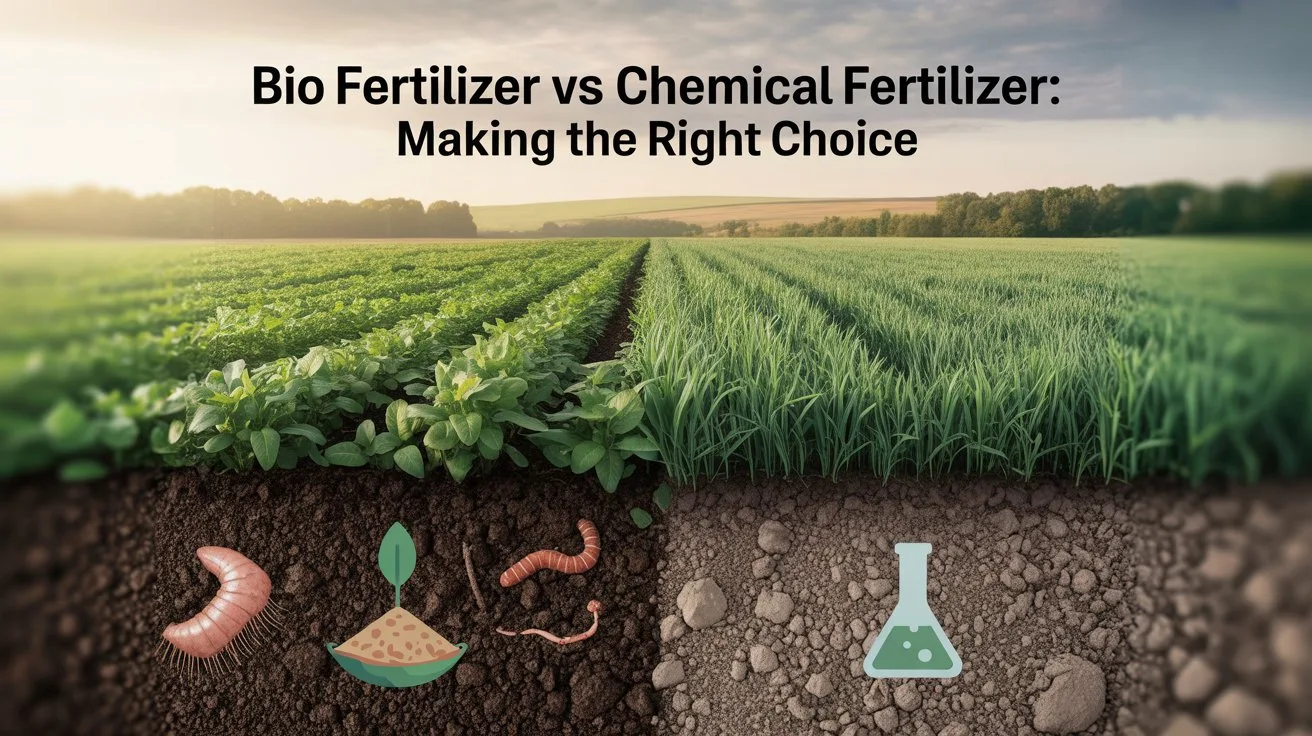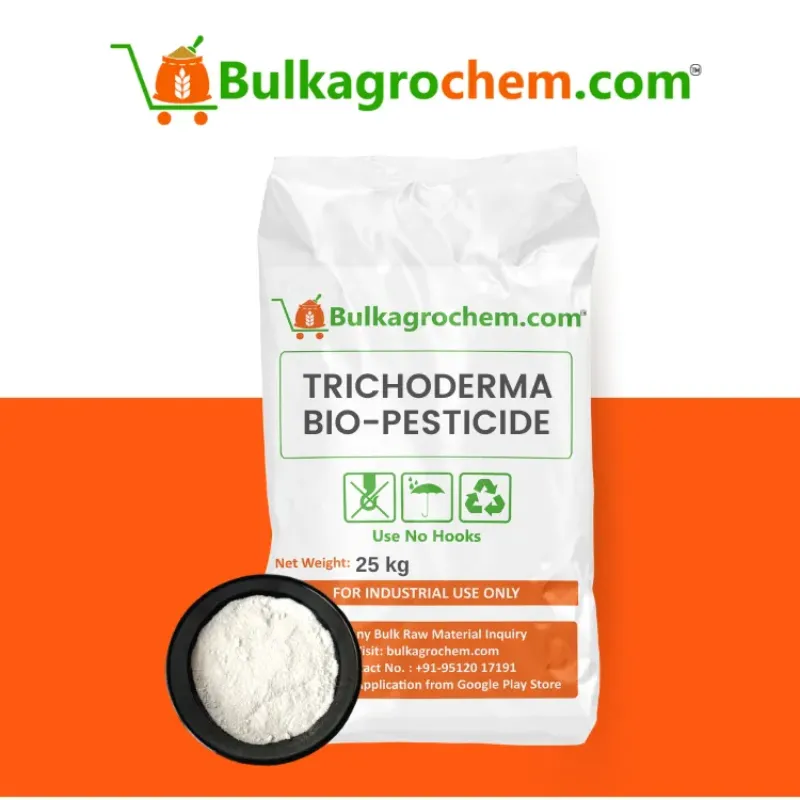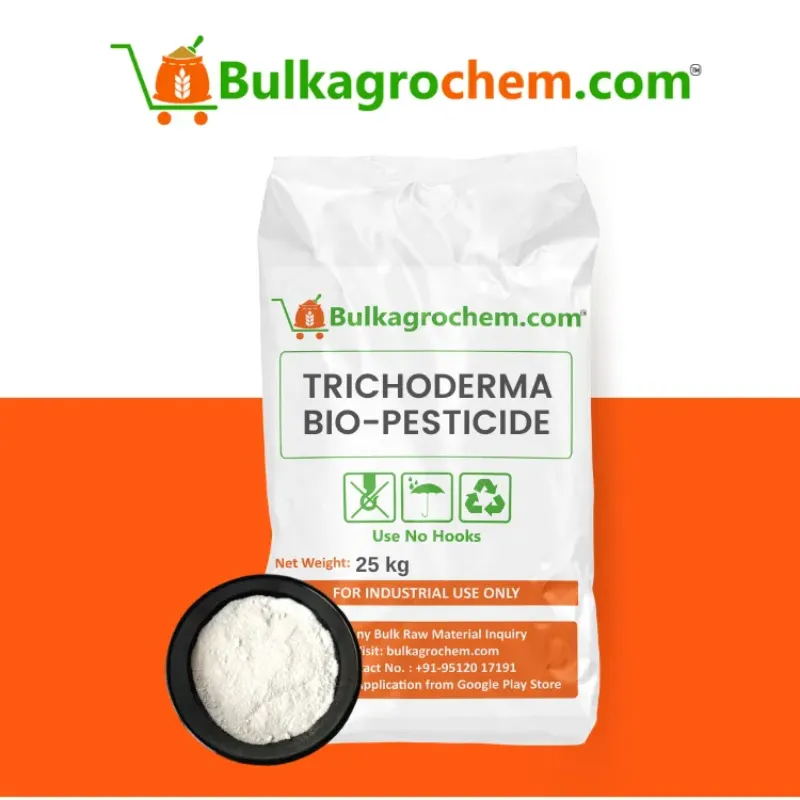Compost is a natural, organic material made by composting food scraps and plant waste from your kitchen and garden.
Compost contains a variety of valuable nutrients, including nitrogen, potassium, and phosphorus. It enhances soil structure, and allows plants to retain all the water.
It is safe for the environment, promotes moisture retention in the soil, and a great choice when caring for your garden sustainably.
Whether it is vegetable scraps or dry leaves and coffee grounds from a few weeks ago or from this afternoon, one handful of compost improves plant vitality and gets us one step closer to a greener planet!
Introduction to Bio Fertilizer vs Chemical Fertilizer
Fertilizers are an important part of crop nutrition—and not all fertilizers are equal.
The ongoing discussion of the bio fertilizer versus chemical fertilizer debate is really based on their sources, affects, and long-term benefits.
When you understand the difference between the two types of fertilizers, it allows farmers and gardeners alike to make more informed choices to improve productivity and sustainability of what we grow.
When we are talking about fertilizers we are really talking about everything from natural and living organisms to lab made salts — when you take the time to learn about them, you will find that they all have a role when it comes to how we grow food today.
Bio Fertilizer vs Chemical Fertilizer—Definitions & Key Differences
Biofertilizers are made with beneficial microbes that increase soil nutrients naturally.
Chemical fertilizers are synthetic compounds that provide nutrients very quickly, but there are potential long-term effects from their use.
While comparisons of biofertilizer versus chemical fertilizers will often refer to yield, the real difference is based on soil health and sustainability—biofertilizers improve soil health, while chemical fertilizers provide quick results.
Nutrient Sources: Living Microbes vs Mineral Salts
Biofertilizers are living organisms, to include nitrogen-fixing bacteria, and phosphate-solubilizing fungi, as well as other microbes.
Chemical fertilizers contain processed salts, which can be examples like urea, ammonium nitrate, or superphosphate.
In a discussion surrounding chemical fertilizers vs biofertilizers, the substance of their nutrients is important - they are sourced either naturally or synthetically.
Microbial action increases resilience in soils, on the other hand, salt provides an immediate and short-lived response to the soil.
Sustainability Lens: Circular N-Cycle vs Fossil-Fuel N
Biofertilizers use the natural nitrogen cycle and limit pollution and energy consumption.
Chemical fertilizers rely on industrial processes such as the Haber-Bosch, which require fossil fuels.
In the discussion of biofertilizer vs chemical fertilizer, sustainability research would promote the microbial way forward.
Biofertilizers allow environmentally sustainable practices, while still providing long-term productivity.
Environmental Impact—Chemical Fertilizer vs Biofertilizer
The environmental purity of fertilization is as critical to consider as the resultant crop yield.
In the comparison of bio fertilizers to chemical fertilizers, biofertilizer products became the environmentally responsible option with a lower ecological footprint.
Chemical fertilizers are usually used in short duration and have many externally damaged problems to the water, air, and biodiversity.
Run-Off & Eutrophication: Chemical Fertilizer vs Biofertilizer Risks
The main disadvantage of chemical fertilizers is that they rapidly leach into lakes and rivers and cause algal blooms (eutrophication), choking aquatic ecosystems.
Bio fertilizers have many advantages; they release nutrients slowly and are not prone to leaching as chemical fertilizers.
Important lesson: Chemical fertilizer vs bio fertilizer have a risk of run-off, especially as an externality for rain-fed or over-irrigated cropping systems.
Greenhouse Gases: Bio Fertilizer vs Chemical Fertilizer Footprint
- Chemical fertilizers release a massive amount of CO₂ and nitrous oxide, both of which are greenhouse gases and major contributors to climate change.
- Biofertilizers are produced through low-energy microbial culturing, and therefore emit way less carbon.
The Haber-Bosch process used to form nitrogen in chemical fertilizers has a carbon footprint that consumes global energy on the order of 1-2% of the global budget!
Comparing bio fertilizers vs chemical fertilizer, biofertilizers clearly win in the emissions category and in using sustainable farming practices.
Biodiversity Gains with Bio Inputs over Synthetic Salts
The repeated use of chemical fertilizers can damage soil microbiota, decrease beneficial fungi, and negatively impact pollinators.
On the other hand, biofertilizers contribute to microbial diversity which can stimulate resilience with farming ecosystems.
Why it Matters:
- In the context of the bigger picture with bio fertilizer vs chemical fertilizers, biodiversity is an asset for soil fertility and pest control in providing long-term value to farming.
Benefits of biofertilizers on biodiversity:
- grow beneficial bacteria and fungi
- beneficial for pollinator health by reducing chemical impacts
- improves natural pest dismissiveness by forming stronger plant-microbe networks
Nutrient Efficiency & Soil Health in Bio Fertilizer vs Chemical Fertilizer Programs
The sustainability of farming in the long term is about more than nutrient application — it is about effective nutrient utilization and soil health maintenance.
In the controversy of biofertilizers vs chemical fertilizers, biofertilizers are coming to the forefront for their role in developing an enduring soil life, and chemical fertilizers are used for their immediacy but, often, short-term benefits.
Release Curves: Biofertilizer vs Chemical Fertilizer Timing
- Chemical fertilizers deliver nutrients instantaneously; they become immediately available, however, a significant percentage will be leached or volatilized away before crops can use most of it.
- Biofertilizers, made from living microbial (or grouped living) microbes, will lead to nutrient delivery through substrates, while improved nutrient acquisition occurs naturally (at least, until all the substrate is used).
Nutrient Release Timing
This slow release makes bio fertilizer vs chemical fertilizer programs more aligned with plant growth cycles and soil protection.
Soil-Organic-Carbon Trends under Bio Fertilizer vs Chemical Fertilizer
- Biofertilizers help build soil organic carbon by supporting microbial biomass and root residues.
- Chemical fertilizers, if overused, can reduce organic matter and deteriorate soil structure over time.
Benefits of Biofertilizer on Soil Organic Carbon:
- Enhances humus formation
- Boosts soil aggregation
- Improves water retention and aeration
When considering chemical fertilizer vs biofertilizer, one boosts yields short term; the other invests in long-term soil health.
Microbial Symbiosis: Rhizobia, Mycorrhizae, and Root Uptake
- Rhizobia (used in legume biofertilizers) fix atmospheric nitrogen naturally.
- Mycorrhizal fungi improve phosphorus uptake and expand root access to nutrients.
- These microbial partnerships, core to biofertilizers, are absent in synthetic programs.
Insight:
In the bio fertilizer vs chemical fertilizer debate, microbial symbiosis is a major differentiator—strengthening root networks and improving plant immunity.
Cost- Effectiveness: Biofertilizer vs Chemical Fertilizer Economics
Choosing between biofertilizer vs chemical fertilizer isn’t just about nutrient source—it’s about long-term economic sustainability. Let’s break down how each affects your wallet through input costs, maintenance, and returns.
Purchase Price per Unit N-P-K: Bio vs Chemical
- Chemical fertilizers are priced based on concentrated NPK values, offering high immediate nutrient content.
- Biofertilizers may seem pricier per kg but offer lower cost per effective unit absorbed due to better nutrient utilization and less loss.
Example Price Breakdown (Per Acre Equivalent):
When comparing chemical fertilizer vs biofertilizer, the upfront cost of chemicals may seem cheaper, but effective nutrient absorption tells a different story.
Lifecycle Cost & Hidden Remediation Fees
- Biofertilizers support long-term soil health, reducing future costs for remediation, irrigation, and pest resistance.
- Over-reliance on chemical fertilizers leads to hidden costs: soil acidification, salinity build-up, and nutrient lockout.
Key Insight:
Biofertilizers save costs in the long run through improved water efficiency, reduced pest outbreaks, and fewer soil amendments.
ROI Case Studies—Three Crops, Two Seasons, One Verdict
Crop ROI Comparison (Per Acre, 2-Season View):
Verdict:
Across all three crops, bio fertilizer vs chemical fertilizer analysis reveals higher ROI from bio-based systems—even with slightly lower yield increases—due to lower costs and improved soil productivity.
Farmer Perspectives on Chemical Fertilizer vs Biofertilizer
Across regions, farmers are evaluating biofertilizer vs chemical fertilizer strategies to balance productivity with soil sustainability. Their firsthand experiences show the nuanced shifts—from fully organic transitions to hybrid models.
Success Stories: Full Organic Conversions
- Farmers who moved from chemical fertilizer to biofertilizer report improvements in long-term soil health, reduced pest outbreaks, and stronger market value for organic produce.
- In Punjab and Karnataka, growers of pulses and vegetables have seen yield stabilization and better water retention after 3–4 cycles of exclusive biofertilizer use.
Quote from a Farmer (Maharashtra):
“After shifting to biofertilizer, I spend less on pesticides and irrigation. My vegetables stay fresher longer—customers notice!”
Transition Years: Blended Bio Fertilizer vs Chemical Fertilizer Schedules
- Many farmers adopt a hybrid model initially, mixing biofertilizer and chemical fertilizer to reduce shock and maintain yields.
- Transitioning often involves applying chemical fertilizer in early stages and phasing in biofertilizer through foliar sprays or soil drenching.
Key Practices:
- Split-dosing: Chemical base dose + biofertilizer foliar top-ups
- Year 1: 75:25 Chemical:Bio | Year 2: 50:50 | Year 3: 30:70
Lessons Learned—Storage, Application Gear, Trouble-Shooting
- Biofertilizer storage requires cooler, shaded spaces—heat can kill microbial inoculants.
- Unlike chemical fertilizer, bio inputs often need sprayers or drip-line injectors for effective delivery.
- Farmers note challenges like shelf-life uncertainty and microbial inactivity due to water quality—but these are mitigated with proper training.
Farmer Tips:
- Use filtered water for biofertilizer dilution.
- Don’t mix biofertilizers with strong chemical pesticides in the same tank.
- Shake liquid formulations before use to resuspend active microbes.
FAQs
Do bio inputs act as fast as chemical N-P-K?
No, biofertilizers act slower than chemical N-P-K as they rely on microbial activity and natural processes, but they provide long-term soil health benefits.
Can biofertilizers fully replace urea on maize or wheat?
Not entirely in high-yield systems. However, biofertilizers can significantly reduce urea dependency when combined with balanced soil management.
Which soil pH favours biofertilizers over chemical fertilizers?
Neutral to slightly acidic soils (pH 6.0–7.0) favor biofertilizers, as microbial life thrives better in such conditions compared to extreme pH ranges.
Are there nitrogen-fixing biofertilizers examples suited to non-legumes?
Yes, Azospirillum and Azotobacter are nitrogen-fixing biofertilizers that work well for non-leguminous crops like maize and cereals.
How do storage needs differ for bio fertilizer vs chemical fertilizer?
Biofertilizers require cool, dry, shaded storage to preserve microbial viability, while chemical fertilizers are more shelf-stable but sensitive to moisture.
Conclusion: Choosing Wisely in the Bio Fertilizer vs Chemical Fertilizer Debate
Choosing between biofertilizer vs chemical fertilizer isn’t about picking one winner—it’s about understanding how each works best. Chemical fertilizers deliver fast results but may harm soil and climate over time. Biofertilizers work with nature, boosting soil health and reducing long-term costs. Farmers can benefit most by blending both in a smart, phased plan. As the world moves toward sustainability, integrated nutrient management will shape the future of farming—balancing yield, soil vitality, and environmental responsibility.
Key Takeaways—Yield, Soil Vitality, Climate Wins
Biofertilizers and chemical fertilizers each offer unique benefits. Chemical fertilizers deliver quick yield boosts, while biofertilizers nurture long-term soil health and reduce environmental impact. Choosing the right input depends on balancing productivity with sustainability. In most systems, integrating both types—rather than choosing one over the other—yields the best agronomic and environmental results.
- Chemical fertilizers = faster growth, higher NPK immediacy.
- Biofertilizers = improved soil vitality, lower runoff, eco-friendlier.
- Blending both creates a yield-sustainability synergy.
Action Plan—Pilot, Monitor, Scale the Optimal Mix
Farmers should begin by piloting biofertilizers on a small plot, especially on legume or vegetable crops. Measure yield, soil health, and ease of use. Adjust timing and application methods based on crop type and local climate.
- Step 1: Test a biofertilizer-blended schedule on 10–20% of acreage.
- Step 2: Use soil testing + yield tracking for performance analysis.
- Step 3: Gradually increase usage where biofertilizer proves effective.
Future Outlook—Integrated Nutrient Management for 2030
The future lies in Integrated Nutrient Management (INM)—a strategic blend of bio, organic, and chemical inputs tailored to each field’s needs. Governments, agri-tech startups, and cooperatives are expected to support farmers through training, subsidies, and tech platforms.
- INM = balanced NPK, microbe health, and soil structure.
- Smart farming tools will guide mix-and-match decisions.
By 2030, expect biofertilizers to be a mainstream part of farm input plans.




